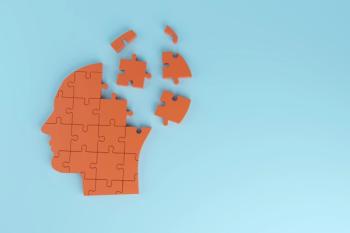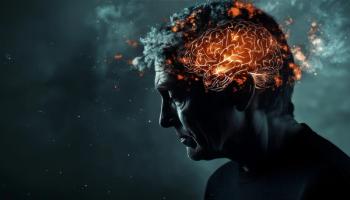
Harnessing the Innate Plasticity of the Brain for Recovery
We talk about mental disorders as brain disorders, but what does that really mean? How does it change the way we think about autism, schizophrenia, depression, bipolar, and other illnesses? The answer to these questions are still evolving. More in this video exclusive with NIMH Director Thomas Insel, MD.
In this video exclusive with Psychiatric Times, National Institute of Mental Health (NIMH) Director Thomas Insel, MD emphasizes the need to fine tune our knowledge about brain circuitry that underlies both normal and abnormal behavior and the promise of what it will mean to think about mental disorders as brain disorders.
As stated on
Transcript:
We talk about mental disorders as brain disorders, but what does that really mean? What does that do in terms of diagnosis or treatment? How does that change the way we think about autism, schizophrenia, depression, bipolar, [and other disorders]? The answer to [these questions are] still evolving.
The fact is that the constructs underlying how we think of these disorders have largely been based in the last three or four decades on psychopharmacology. It has been this . . . mistaken belief that if a serotonin reuptake inhibitor helps people with depression, then people with depression must be "low in serotonin." We really don't have evidence to support that notion, and everything we know about how the brain works says that it is not only chemical but electrical transmission that is essential but more to the point that the brain works through very regional mechanisms-that is, everything we know about the brain is location, location, location.
We need to be thinking much more precisely about the circuitry that underlies both normal and abnormal behavior. What that means for depression, for instance, is that we have to identify various sites within the brain in which serotonin or one of the other tens of thousands of molecules that are important for neurotransmission where they may be active or non-active in the right way for a mood disorder.
That is critical for several reasons, one of which is that it changes the way we think about diagnostics. It says we've got to now understand something about the underlying circuitry that's important for cognition and behavior, and we have to do that in a way that has much greater precision than what we have today. It is also critical when we think about treatments because our treatments need to be about tuning circuits, [eg] increasing the activity or changing the way in which a particular circuit is functioning.
We know there are many ways to tune circuits. You tune a circuit every time you learn something, whether it's learning to play piano or learning a foreign language. You're changing the brain when doing that. What we haven't done enough about is how our therapies-whether they're medical or psychosocial-are changing our fundamental circuitry of the brain and how they can be used to harness the brain's innate plasticity for recovery. The reason I like this kind of approach is it gets [us] away from thinking about magic bullets.
When thinking about biochemistry, often you're thinking about the one thing that will change the chemical level of something. When thinking about circuitry and about tuning circuits as the goal, then you begin to think about what would be the range of things that you might bring together [for recovery]-social support, psychoeducation, opportunities for cognitive behavioral therapy, medications-and how do you bring all those together to harness this plasticity and to make sure that someone with a very complicated problem that involves not just one but multiple circuits and networks of networks in the brain-that someone with that kind of problem has the greatest opportunity recover. That's the promise of beginning to think about mental disorders as brain disorders.
Disclosures:
Animation of the brain courtesy:
National Institute on Aging, National Institutes of Health
Newsletter
Receive trusted psychiatric news, expert analysis, and clinical insights — subscribe today to support your practice and your patients.











